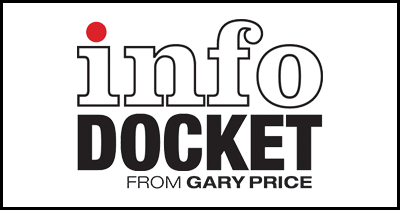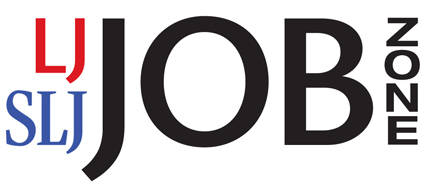Interactive Resource: NTIA and FCC Collaboration Results in First Public National Broadband Map
The National Broadband Map — the first public, searchable nationwide map of broadband Internet availability — and the results of a new nationwide survey on broadband adoption [was released on February 17, 2011].
The National Broadband Map…is an unprecedented searchable database of information on high-speed Internet access. NTIA created the National Broadband Map in collaboration with the Federal Communications Commission (FCC), using data that each state, territory and the District of Columbia (or their designees) collected from broadband providers or other data sources.
The website resulting from this Federal-state partnership includes more than 25 million searchable records showing where broadband Internet service is available, the technology used to provide the service, the maximum advertised speeds of the service, and the names of the service providers. Users can search by address to find the broadband providers and services available in the corresponding census block or road segment, view the data on a map, or use other interactive tools to compare broadband across various geographies, such as states, counties or congressional districts.
FCC Chairman Julius Genachowski said, “The release of the National Broadband Map, the first of its kind in the nation, is a significant milestone. This cutting-edge tool will continue to evolve with the help of new data and user feedback. It will provide consumers, companies and policymakers with a wealth of information about broadband availability, speeds, competition and technology, and help Americans make better informed choices about their broadband services.”
The map shows that between 5 – 10 percent of Americans lack access to broadband at speeds that support a basic set of applications, including downloading Web pages, photos and video, and using simple video conferencing. The FCC last July set a benchmark of 4 Mbps actual speed downstream and 1 Mbps upstream to support these applications. NTIA collected data in ranges between 3 – 6 Mbps and 6 – 10 Mbps maximum advertised download speeds, which are the closest measurements to the speed benchmark for broadband that the FCC set.
Along with the map these findings from the data were released (we’ve emphasized a couple of items):
Speeds for community anchor institutions: The data show that community anchor institutions are largely underserved. For example, based on studies by state education technology directors, most schools need a connection of 50 to 100 Mbps per 1,000 students. The data show that two-thirds of surveyed schools subscribe to speeds lower than 25 Mbps, however. In addition, only four percent of libraries reported subscribing to speeds greater than 25 Mbps.
Wireless speeds: Approximately 36 percent of Americans have access to wireless (fixed, mobile, licensed, and unlicensed) Internet service at maximum advertised download speeds of 6 Mbps or greater, which some consider the minimum speed associated with “4G” wireless broadband service. Ninety-five percent of Americans have access to wireless Internet service speeds of at least 768 kbps, which corresponds roughly to “3G” wireless service.
Direct to National Broadband Map
Data used to create the maps is available online and can also be downloaded.
The February, 2011 Digital Nation Report (28 pages; PDF) was also made available today. The NTIA announcement included these key findings:
+ Broadband Internet access at home continues to grow: 68 percent of households have broadband access, as compared to 63.5 percent last year. (In the survey, broadband was defined as Internet access service that uses DSL, cable modem, fiber optics, mobile broadband, and other high-speed Internet access services.)
+ Notable disparities between demographic groups continue: people with low incomes, disabilities, seniors, minorities, the less-educated, non-family households, and the non-employed tend to lag behind other groups in home broadband use.
+ While the digital divide between urban and rural areas has lessened since 2007, it remains significant. In 2010, 70 percent of urban households and only 60 percent of rural households accessed broadband Internet service. (Last year, those figures were 66 percent and 54 percent, respectively.)
+ Overall, the two most commonly cited main reasons for not having broadband Internet access at home are that it is perceived as not needed (46 percent) or too expensive (25 percent). In rural America, however, lack of broadband availability is a larger reason for non-adoption than in urban areas (9.4 percent vs. 1 percent).
+ Americans also cite the lack of a computer as a factor. Despite the growing importance of the Internet in American life, 28.3 percent of all persons do not use the Internet in any location, down from 31.6 percent last year.
See Also: Coverage From the Wall St. Journal and NY Times
Filed under: Data Files, Libraries, Maps, News, Patrons and Users
About Gary Price
Gary Price (gprice@gmail.com) is a librarian, writer, consultant, and frequent conference speaker based in the Washington D.C. metro area. He earned his MLIS degree from Wayne State University in Detroit. Price has won several awards including the SLA Innovations in Technology Award and Alumnus of the Year from the Wayne St. University Library and Information Science Program. From 2006-2009 he was Director of Online Information Services at Ask.com.


